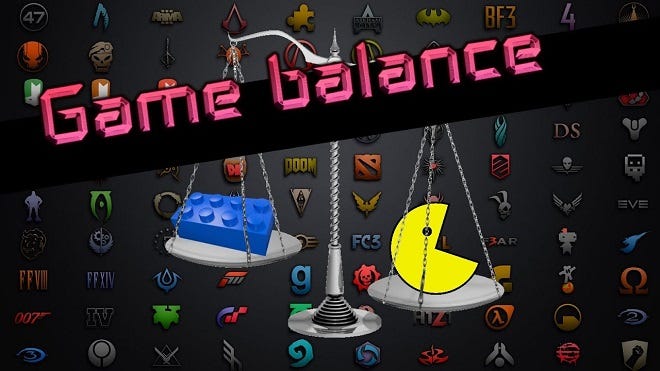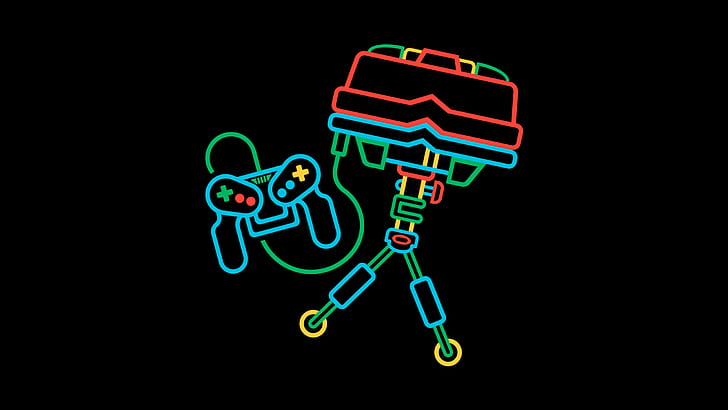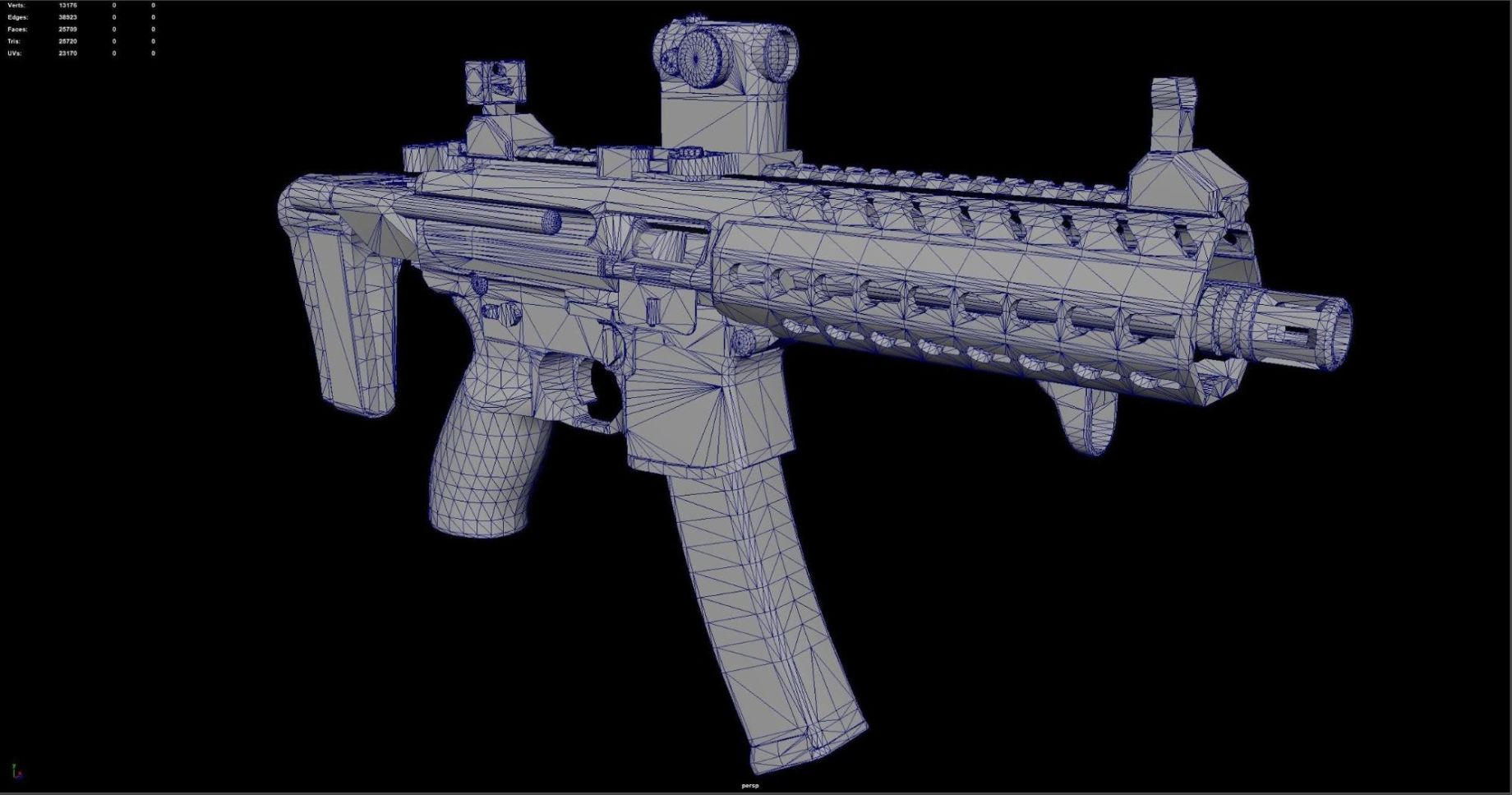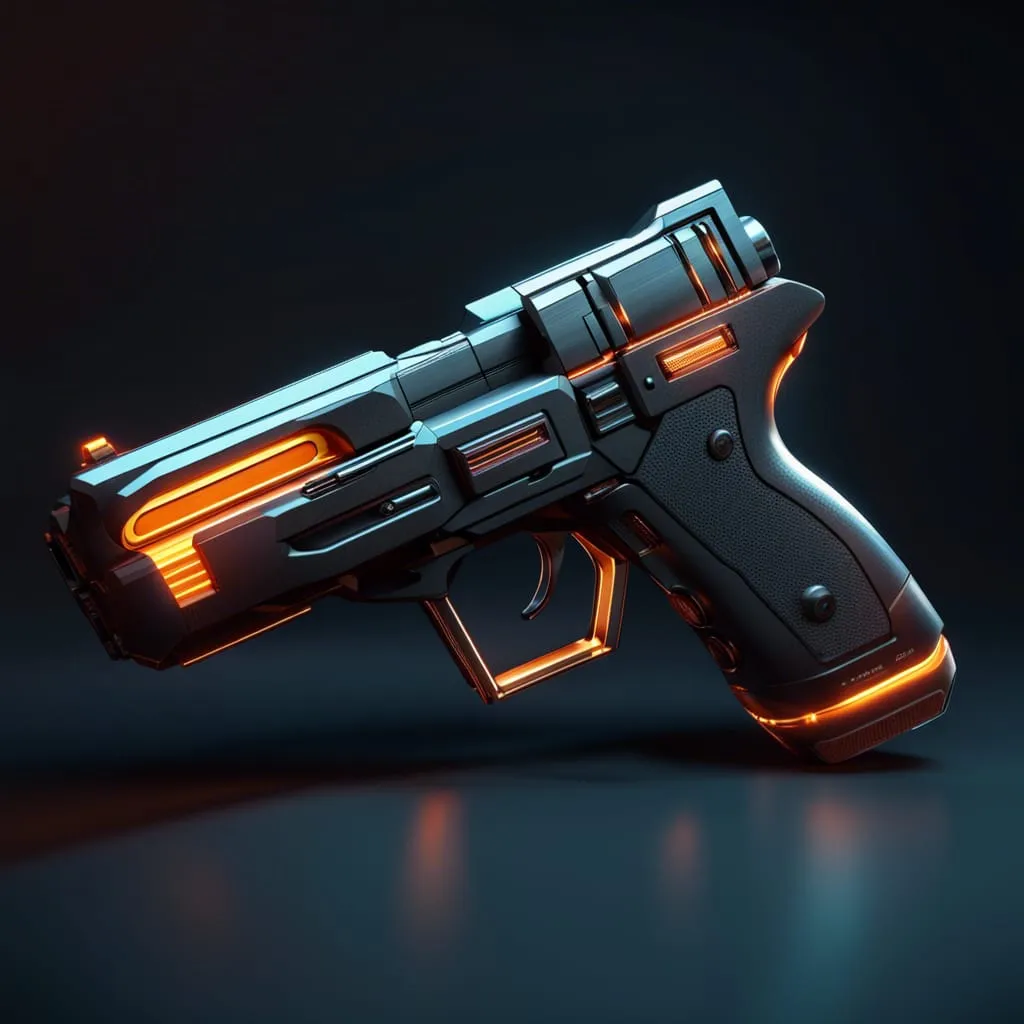Creative Constraints: Designing Around Weapon Limitations in Game Development
The inclusion of weapons often presents developers with a unique set of creative constraints that they must navigate to craft engaging and balanced gameplay experiences. Whether designing a fantasy epic, a futuristic shooter, or a historical strategy game, developers must carefully consider the limitations and opportunities presented by the weapons available within the game’s universe. This article explores the various ways in which creative constraints related to weapons shape game design and gameplay mechanics, highlighting examples of how developers leverage these limitations to enhance player immersion, challenge, and satisfaction.
Setting and Lore
One of the primary factors influencing weapon design and implementation in games is the setting and lore of the game world. Whether set in a medieval fantasy realm, a post-apocalyptic wasteland, or a futuristic sci-fi universe, the weapons available to players must be consistent with the game’s narrative and aesthetic. Creative constraints related to setting and lore often dictate the types of weapons available, their visual design, and their functionality within the game world, providing developers with a framework for crafting immersive and coherent gameplay experiences. Read about the best Minecraft server hosting.
Gameplay Balance and Variety
Balancing gameplay and ensuring a diverse range of weapons is another critical consideration for developers. Creative constraints related to gameplay balance require developers to carefully consider factors such as weapon strengths and weaknesses, availability, and progression within the game. By implementing a variety of weapons with unique attributes and playstyles, developers can provide players with meaningful choices and strategic depth while maintaining balance and fairness in combat scenarios.

Historical Accuracy and Authenticity
In games set in historical or realistic settings, maintaining historical accuracy and authenticity presents additional creative constraints for developers. Weapons must be faithfully recreated to reflect their real-world counterparts in terms of design, functionality, and performance. Creative constraints related to historical accuracy challenge developers to conduct thorough research, consult experts, and balance realism with gameplay considerations to create authentic and immersive experiences for players.
Read about also: Ethical Dilemmas: Addressing Violence and Realism in Game Development.
Artistic Expression and Creativity
Despite the constraints imposed by setting, lore, gameplay balance, and historical accuracy, developers have ample opportunity for artistic expression and creativity in weapon design. From iconic weapons that define a character or franchise to imaginative and fantastical creations that push the boundaries of imagination, developers can leverage creative constraints to innovate and surprise players with unique and memorable weapons. By infusing weapons with personality, lore, and visual flair, developers can enhance player immersion and emotional connection to the game world.

Player Feedback and Iteration
Throughout the game development process, developers must continually iterate on weapon design and implementation based on player feedback and testing. Creative constraints related to player feedback challenge developers to refine weapon mechanics, balance, and usability to ensure that weapons are intuitive, satisfying, and enjoyable to use. By incorporating player feedback into the iterative design process, developers can identify and address issues, fine-tune gameplay mechanics, and ultimately create more engaging and rewarding gaming experiences for players.

Conclusion: Embracing Creative Constraints for Engaging Gameplay
Creative constraints related to weapon design and implementation play a crucial role in shaping game development and gameplay experiences. Whether driven by setting and lore, gameplay balance, historical accuracy, artistic expression, or player feedback, these constraints provide developers with a framework for crafting immersive, balanced, and engaging gameplay experiences that resonate with players. By embracing creative constraints and leveraging them as opportunities for innovation and creativity, developers can create memorable and compelling gaming experiences that captivate players’ imaginations and keep them coming back for more.



